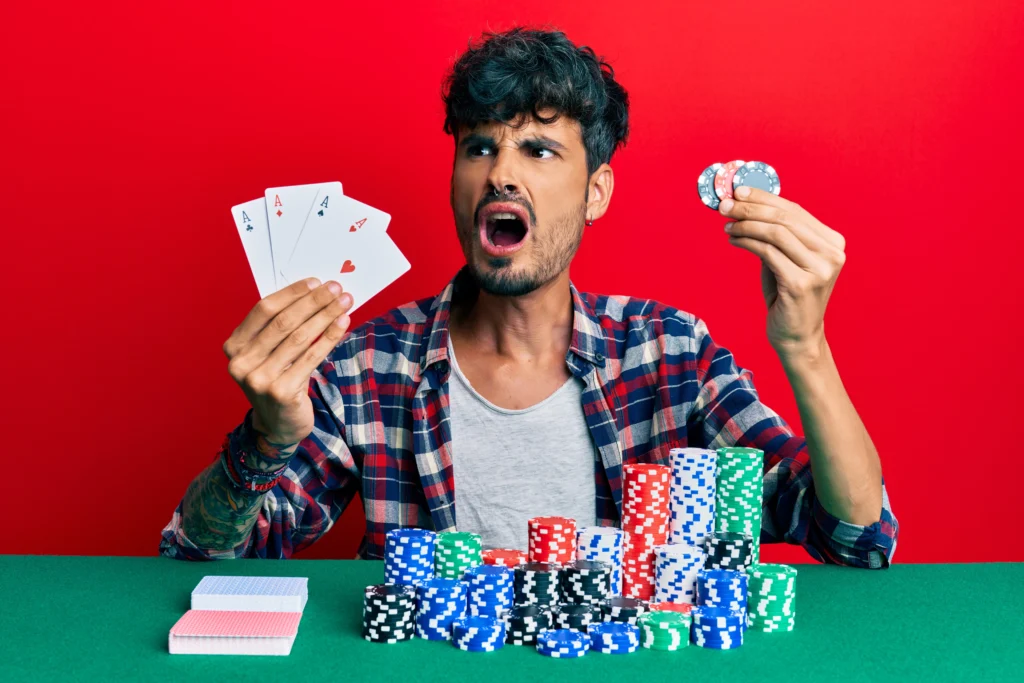
Blackjack is a fast dealer-versus-player card game where you act first and the house follows fixed blackjack casino rules. If you came here asking what is blackjack, the short version is this: reach 21 (or as close as you can) without busting and finish higher than the dealer’s hand. In 2025, India-facing lobbies offer both blackjack online (RNG) and live blackjack streams with real shoes. Your edge comes from picking good rules, using a correct blackjack basic strategy chart, and managing sessions. If you want to play blackjack or play blackjack online, start small, learn the interface, and practice against a timer before you move to livestream tables. If you play live, read the placard before your initial bet, respect procedure, and let the chart-not instinct-tell you how to act against the dealer’s face up card every single hand.
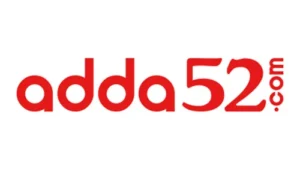


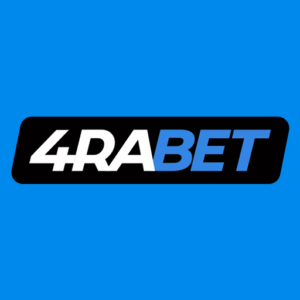


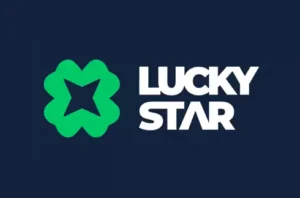





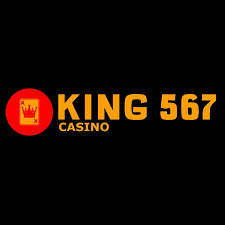


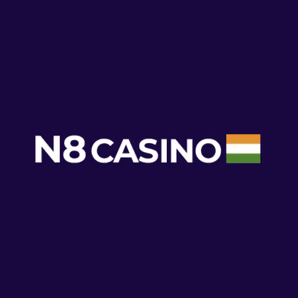














You receive two cards; the dealer deals two as well. One is the dealer’s face up card (everyone sees it), the other is the dealer’s face down card (the hole card) that the dealer reveals only when it’s their turn. You may hit (take an additional card), stand, double down (you double your bet and take exactly one card dealt), splitting pairs (make separate hands when your two cards have the same value), or surrender where offered. If blackjack occurs on your first two cards (Ace + any ten cards/face cards/picture cards), traditional tables pay 3:2; some pay 6:5. If you bust, you automatically lose, and the dealer takes your stack, even if the dealer busts later; if totals tie, it’s a push and your bet returns.
The object of the game is to build a better total than the dealer’s cards without going over 21 while following blackjack rules on when you may hit, stand, split, surrender, or double down. The dealer finishes by rule, not feel, which is why your choices track only totals versus the dealer’s visible card/dealer’s card and not table chatter.
Online blackjack is quick, private, and perfect for drilling a chart at speed; expect clear buttons, hand signals prompts, round timers, and optional side bets/side bet offers tagged as a blackjack bonus. Live blackjack streams a pit-style blackjack game with cameras, chips, and a dealer calling actions, which is great for pace, etiquette, and confidence. Access in India is state-dependent; play only where legal and 18+. Expect full KYC before withdrawals, name matching on rails, and rule tags like S17/H17, six deck game, DAS, RSA, surrender, and natural payout. Start RNG to rehearse; then move to live when you’re calm with timing and how the dealer shows an upcard that controls each chart box.
Buy chips and place your original bet in the circle; your starting hand arrives cards face up in most casinos and apps, while the dealer keeps a face down card hidden. Act in turn from the dealer’s left: hit for additional cards, stand to lock your total, double down with an additional bet equal to your wager for one card, or splitting pairs with a bet equal to your first stack to create separate hands; split aces/splitting aces usually receive one card each. The dealer’s turn begins when you finish; the dealer reveals the dealer’s hole card and may draw a third card or more per H17/S17; then the dealer pays winners and clears losing bets. Once you say “stand,” the hand immediately locks; changes after that aren’t allowed.
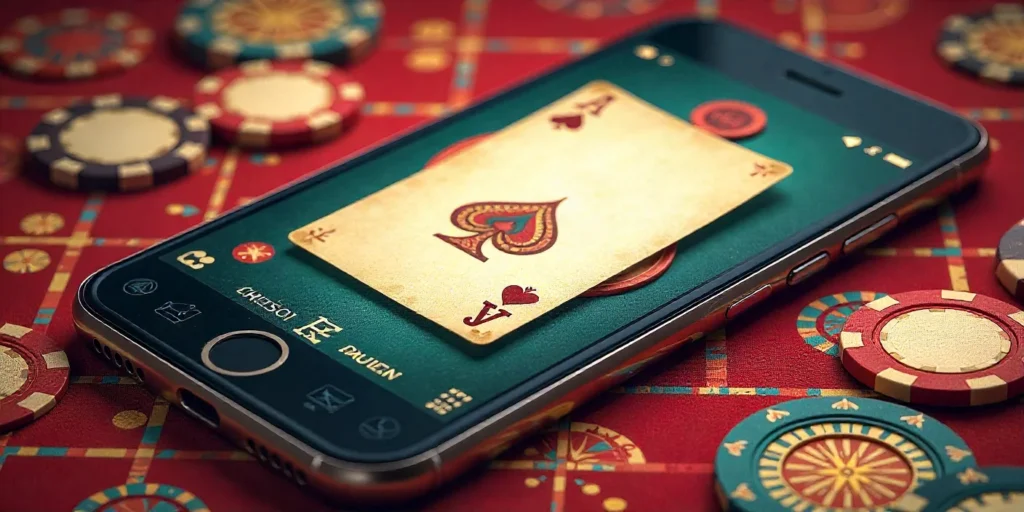
Small labels change a lot over thousands of hands. Traditional payout on a natural is 3:2; 6:5 quietly raises the house edge and drains value from good play. S17 (dealer stands on soft 17) is better for players than H17 (dealer hits soft 17). Deck count matters; more decks usually add edge unless friendly rules offset it. DAS and RSA add value to splits; late surrender can save one half in ugly lanes after a peek for a dealer blackjack. Insurance bet / insurance bets / even money look helpful when the card is an Ace, but without counting cards they’re negative EV in most casinos/many casinos. Read the placard once, read it twice, and match your chart to that table before you act.
On S17, the dealer stands on A-6 (soft 17), trimming dealer completion and keeping more borderline player totals alive, so your basic strategy shows more stand/double lanes. On H17, the dealer draws again on soft 17, nudging several boxes from “stand/double” to “hit,” which adds a quiet tax each 100 hands.
A natural blackjack hand (Ace + 10-value on your initial two cards) paying 3:2 is core to long-run viability. 6:5 reduces that reward and increases the house advantage; if a room stacks 6:5, H17, and many decks, treat it as practice or move to a 3:2 table even if the minimum bet is higher.
Face cards/picture cards and tens take value 10; number ranks take face value; Ace counts as 1 or 11. A soft hand (Ace as 11) can hit safely, which is why the chart presses some soft totals harder than you’d expect. A-6 and A-7 are not made hands; in many rulesets you double down vs small upcards, stand in a few lanes, and hit others, depending on S17/H17.
Basic strategy is the math-optimal answer to every matchup between your total and the dealer’s face up card. Hard 12-16 stand vs 2-6 and hit vs 7-Ace; 10 and 11 often double down; always split A-A and 8-8; keep 10-10 together; surrender some hard 16s vs 9-Ace. Drill on blackjack games online, then bring the same chart into a shoe during real casino play.
Find your row (pairs → soft totals → hard totals). Find the column (2 through Ace) for the dealer’s face up card. The square says H (hit), S (stand), D (double), P (split), or R (surrender). Actions change with blackjack variants and European “no-peek” (no hole card until after you act), so keep multiple charts labeled by ruleset.
European Blackjack delays the peek, shifting a few double down and split boxes. Vegas Strip/Atlantic City multi-deck games often include DAS and late surrender, pairing well with standard charts. “Single-deck” can sound attractive, but many rooms offset it with 6:5 or tighter doubles; read other rules in the help.
Apps make it easy to play blackjack online with one-tap re-bets, quick animations, and clear hand signals prompts; live studios slow the tempo and show the shoe so you can think. A blackjack bonus can help if weighting is fair and doubles/splits are allowed; watch “max bet under bonus,” and avoid loading side bets while clearing. Across formats, use the same chart, bankroll rules, and exits so fatigue doesn’t turn solid decisions into guesses.
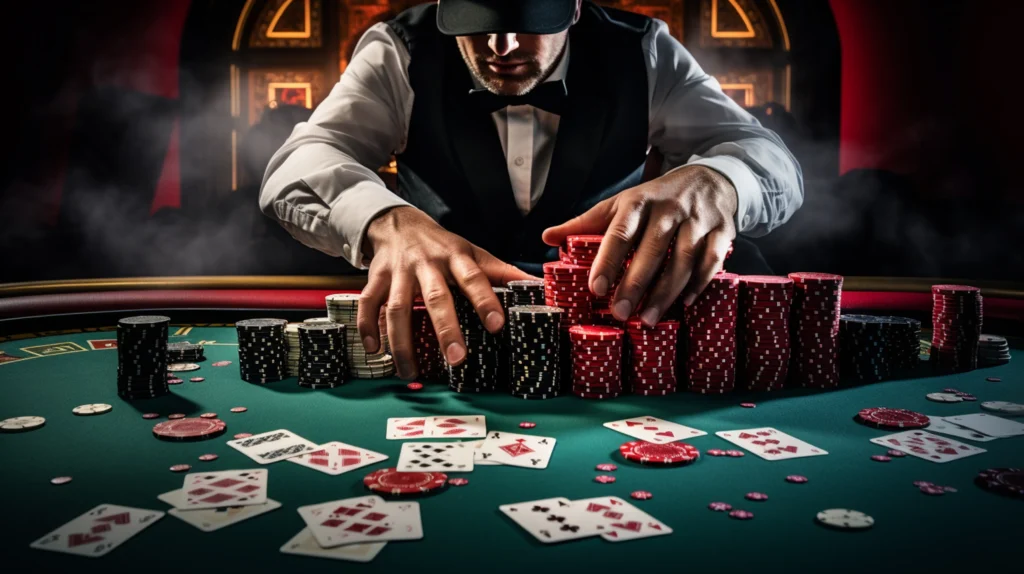
Fix a unit size, set a stop-loss and modest win goal, and log rules each session (payout, S17/H17, decks, DAS, surrender) so you learn which combos you actually beat. Don’t chase after three losses; bet sizes shouldn’t rise just because you’re annoyed. If you want more action, add a second modest seat in live blackjack rather than doubling units; more decisions at the same risk beats fewer decisions at double risk.
| Rule / Option | Why it matters in 2025 |
| 3:2 vs 6:5 payout | 3:2 supports player value; 6:5 increases house edge. |
| S17 vs H17 | S17 is friendlier; H17 shifts several chart boxes to “hit.” |
| DAS / RSA | More flexibility after splitting pairs improves EV. |
| Late surrender | Saves one half in tough lanes after peek. |
| Deck count | More decks add edge unless rules offset it. |
In most games, cards are dealt to players cards face up; the dealer takes one up and a second card down. After your actions, the dealer reveals the dealer’s hole card, may draw a third card, then the dealer pays winners and clears stacks; if totals tie, it’s a push and your bet returns; if you bust, the player loses and chips go to the tray.
When the dealer’s face up card/dealer shows an Ace, you’ll see insurance bet/even money prompts, which are additional bet offers that are mathematically poor without a valid counting cards edge. If the playing card you hold is a natural and you take “even money,” you give up long-run value; skip it unless the math says otherwise.
Some tables still style it black jack, a nod to early casino slang around “twenty one.” A French card historian traces parts of the game to Vingt-et-Un; interesting, but none of that changes the chart you use today.
Your starting hand is your initial two cards; a soft hands total uses Ace as 11, while hard totals do not, and ace counts can swap to 1 after a hit. A natural can automatically win on 3:2 games, but on 6:5 it pays less; “European” games delay the peek at the dealer’s face down card, so confirm doubles and splits before you push extra chips.
Use a chart that matches your felt, and change charts when rules change. Respect the dealer’s face up card more than any story you tell yourself about momentum. Avoid insurance bet/even money unless you can prove value with counting in conditions that allow it. Keep side bets small or off while you learn. Prefer 3:2 payout, S17, DAS, and surrender when possible. Whether you write it black jack or blackjack, the plan is the same: solid tables, strict decisions, short sessions, clean records.
Check for test seals, named providers, build numbers, and jurisdiction in the game info; if those are missing, pick another table.
It doesn’t raise EV; it only spreads variance, so two smaller hands can feel smoother than one larger hand.
No-other players only change card order and tempo, not your expectation versus the dealer.
Turn off auto-rebet, capture the hand ID and screenshots, then contact support with timestamps and the table name.
Yes-log rules, units, and tags like “followed chart” and “fatigue,” then review monthly to spot patterns.